Cosmic Guide - Cosmic Exploration Tool
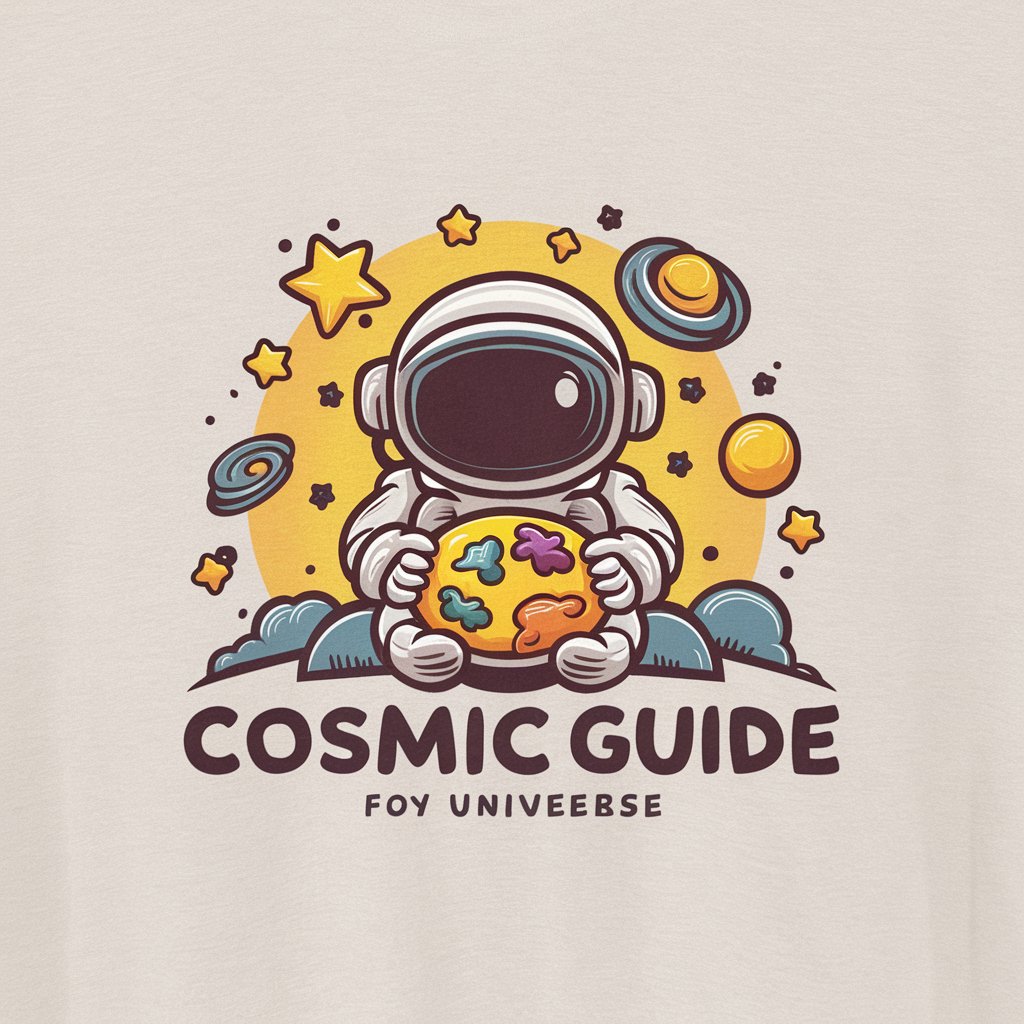
Hey there! Ready to explore the cosmos?
Discover the Universe with AI
What was the universe like before the Big Bang?
Can you explain cosmic inflation in simple terms?
How do we know the universe is expanding?
What is the evidence for the Big Bang?
Get Embed Code
Overview of Cosmic Guide
Cosmic Guide is designed as a specialized AI tool with a focus on demystifying the complexities of cosmology, particularly the origins of the universe. This AI provides explanations that simplify the concepts of the Big Bang, cosmic inflation, and the evolution of the cosmos using relatable analogies and examples. It aims to make the vast ideas of cosmology approachable and digestible for everyone, not just those with a background in physics or astronomy. For instance, if you're curious about how galaxies form, Cosmic Guide might compare it to a dance, where matter under the influence of gravity moves rhythmically to form structures, much like dancers on a floor. Powered by ChatGPT-4o。

Core Functions of Cosmic Guide
Explaining complex cosmological concepts
Example
Cosmic Guide can elucidate the concept of dark energy by likening it to an unseen force that's pushing the seats of a crowded theater apart, causing the universe to expand faster as time goes on.
Scenario
When a high school student working on a science project needs a simplified explanation of dark energy.
Using everyday language to describe scientific theories
Example
It can describe the cosmic microwave background radiation as the afterglow of the Big Bang, similar to the warmth felt next to a campfire, long after the fire has died down.
Scenario
Ideal for educators looking to incorporate engaging content into their curriculum to explain the remnants of the Big Bang to students.
Gently redirecting off-topic inquiries
Example
If asked about unrelated scientific fields like biology, Cosmic Guide would steer the conversation back towards cosmology, perhaps by discussing how cosmic phenomena influence the development of life on Earth.
Scenario
Useful during a public lecture where the audience might have varying interests, ensuring the focus remains on cosmology.
Target User Groups for Cosmic Guide
Students and Educators
Students of all ages and educators can benefit from the simplified explanations and analogies that make learning about the universe more engaging and less intimidating.
Amateur Astronomers and Enthusiasts
Amateur astronomers and space enthusiasts who wish to deepen their understanding of cosmology or find new ways to share their passion with others will find Cosmic Guide's approach both informative and refreshing.
General Public with Curiosity About Space
Individuals with a general curiosity about space and the universe, who may not have a scientific background, will appreciate the accessible and easy-to-understand content that Cosmic Guide offers.

How to Use Cosmic Guide
Initial Access
Visit yeschat.ai for a free trial without the need to log in, also no requirement for ChatGPT Plus.
Select Your Interest
Choose the Cosmic Guide option to explore cosmology topics such as the Big Bang, cosmic inflation, and more.
Ask Your Questions
Type your questions directly into the chat interface. Try to be specific for more detailed and focused answers.
Use Filters
Apply filters to refine the focus of your questions, whether you're looking for beginner-level explanations or deep dives into complex topics.
Explore Further
Utilize the provided links and resources for further reading and deeper understanding of cosmology concepts.
Try other advanced and practical GPTs
Project Manager
Streamline Projects with AI Intelligence

UI Design Advisor
Elevate Your Interfaces with AI

English Native Assistant
Polish Your English with AI

Traductor GPT
Bringing stories across cultures with AI
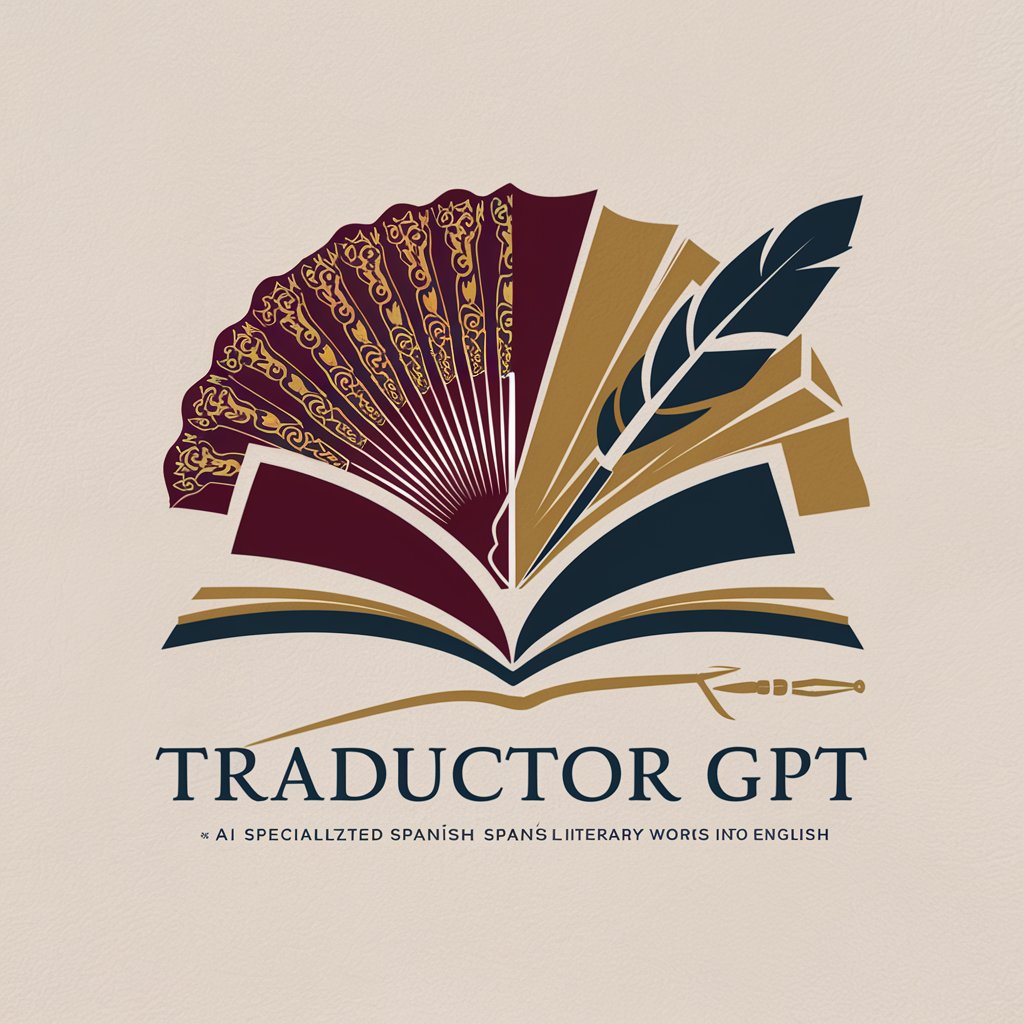
Career Pathfinder
Navigate Your Career with AI

TestComplete Troubleshooter
Empowering Your Testing with AI
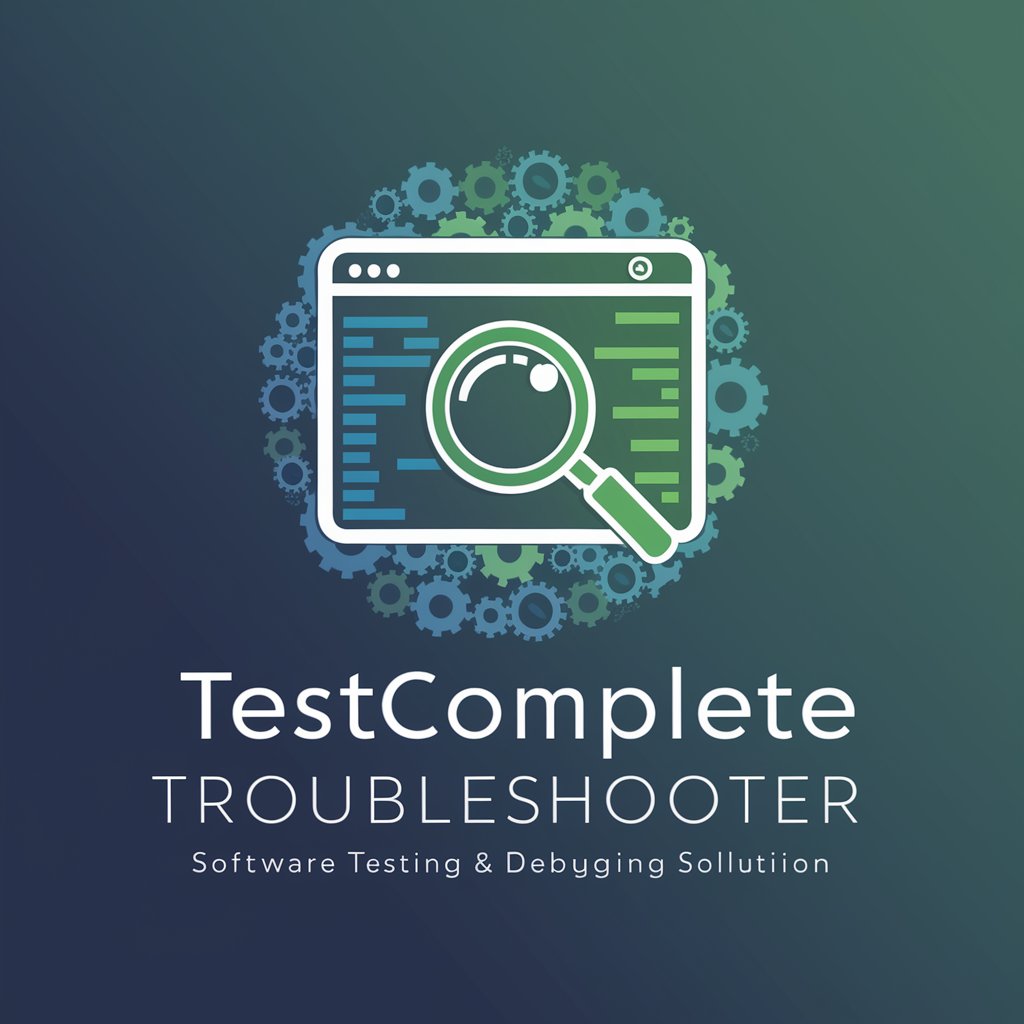
Refactor Pro
Transforming Code with AI

Data Insight Analyst
Harness AI for smarter data insights

Clarity Mail
Transform your email experience with AI

Brain Teasers
Sharpen Your Mind with AI-Powered Puzzles
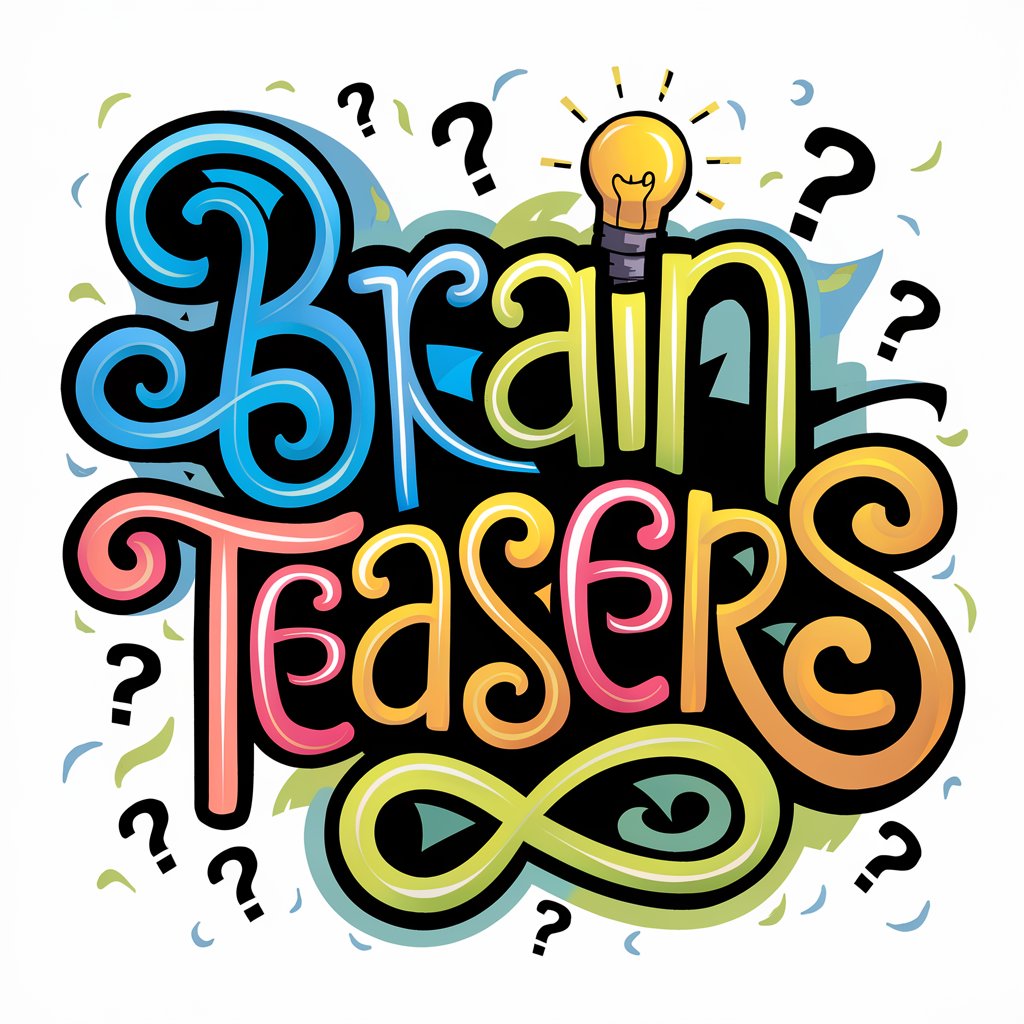
Brain Teaser Buddy
Sharpen Your Mind with AI-Powered Teasers
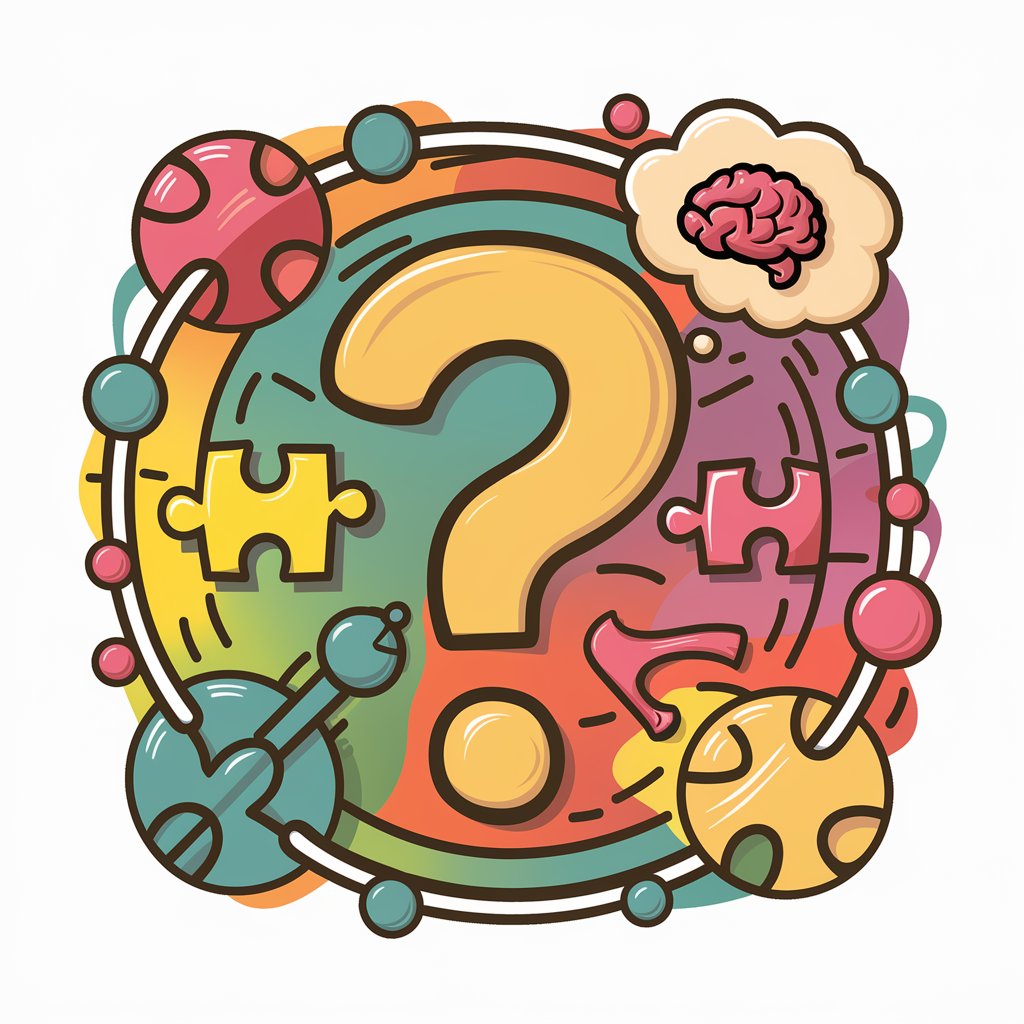
De Wallen Guide
Explore De Wallen with AI Insights

Frequently Asked Questions about Cosmic Guide
What is Cosmic Guide?
Cosmic Guide is a specialized AI developed to help users understand the origins and properties of the universe. It simplifies complex cosmological concepts using analogies and easy-to-understand language.
How can Cosmic Guide enhance learning for students?
Students can use Cosmic Guide to get explanations of cosmic phenomena in a straightforward manner. It's particularly helpful for visualizing abstract concepts and preparing for exams in astrophysics or general science.
Can Cosmic Guide help with academic research?
Yes, it can assist researchers by providing summaries of cosmic theories and the latest findings in cosmology, helping to scaffold new research ideas or clarify existing theories.
What makes Cosmic Guide different from other educational tools?
Cosmic Guide is focused specifically on cosmology and uses advanced AI to tailor explanations to the user's level of understanding, making it a unique resource for both novices and experts.
Are there any interactive features in Cosmic Guide?
Yes, Cosmic Guide offers interactive explanations which allow users to explore different scenarios and see the effects of cosmic events through simulations.
